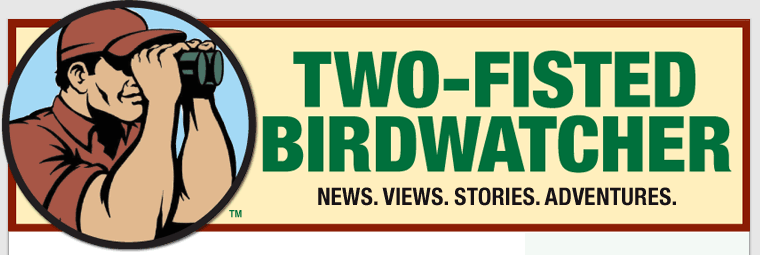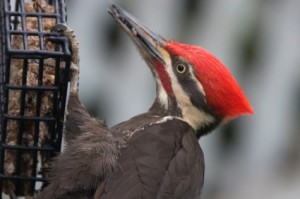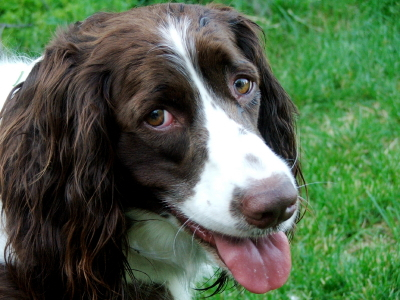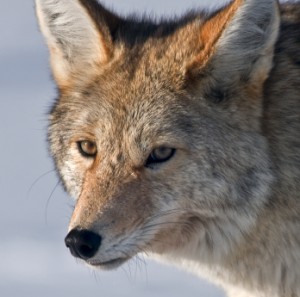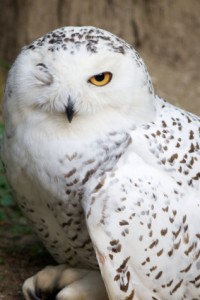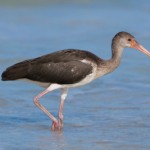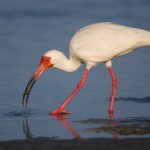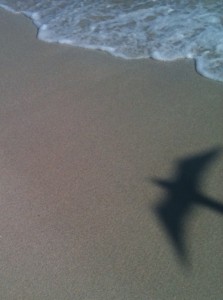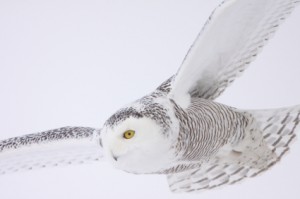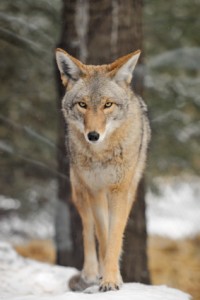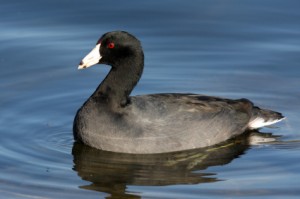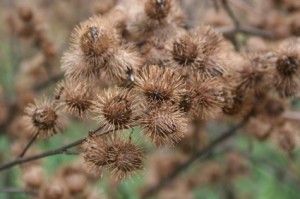Here’s another reason to go in the woods: No computers.
And no computer problems. This underscores how good it feels to wander the anti-techno world of wildness.
There’s a Cardinal on a snowy branch. You’ve seen a thousand Cardinals, so seeing him doesn’t make it a red-letter day. Just a red bird day.
And you think: now there’s something that never needs a system upgrade.
The Cardinal on a branch in front of you could be the same Cardinal that was on a branch in front of John Audubon, a tough guy who walked across Illinois in 1811.
No kidding about the walking: he’s said to have crossed the bottom of the state in a couple of days. A hundred and fifty miles without roads.
Crows fly over, making noise, and you’re glad to see them. Audubon might’ve seen the same kind of birds. He also might have seen Passenger Pigeons, now discontinued. But, you’re in no mood for annoying thoughts of discontinued systems just now.
There’s a lot of prints on recent snow. You hope there’s bobcat or even mountain lion tracks in with the coyote and deer. They were here in Audubon’s time, and they’re rumored to still be here. So you look.
Not today. But the word “lion” brings to mind a new Mac operating system that’s a fierce son of a bitch, and you don’t want to go there.
Forget it. You see a surprising spot of blue at the edge of the woods. A Blue Jay? You check it out.
No. Turns out to be an Eastern Bluebird. Not uncommon, but early when snow’s on the ground. You lean against a tree and enjoy the quiet. This is a pretty good place. You never want it to change.
And it doesn’t. Some things need no upgrades.
